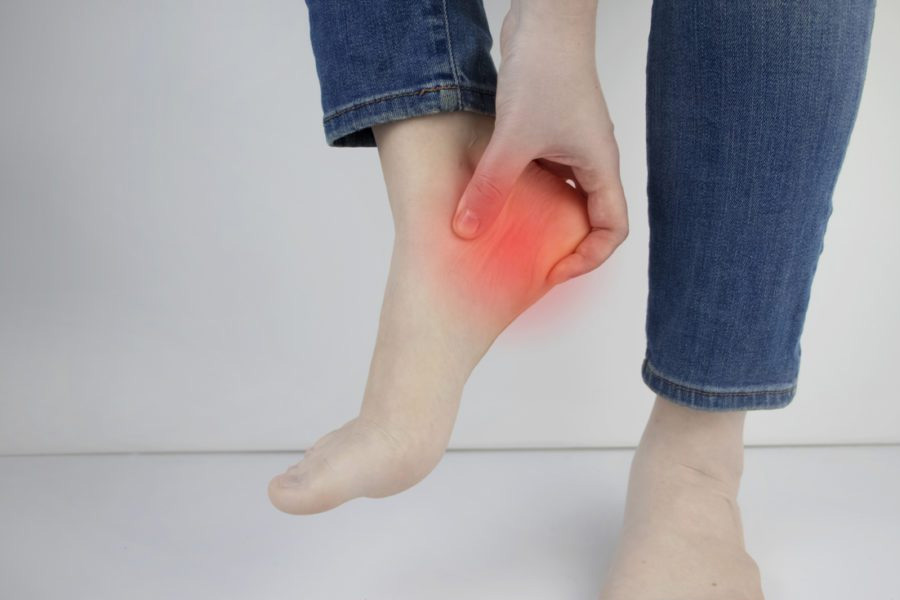A heel spur is a calcium deposit that develops as a result of injury or inflammation. It could be due to a tendon strain or plantar fasciitis, which is an inflammation of the plantar fascia, a thick band of tissue that connects the heel to the toes. Diagnosing a heel spur requires an image-guided test such as ultrasound or X-ray, which will identify the heel spur.
When you have this condition, you will usually feel pain on the bottom and back of the heel that is either sharp or dull. It can make it difficult to stand, walk, and run. If you want relief from heel spurs, it does not necessarily require going under the knife. There are non-surgical ways to find relief.
Non-Surgical Treatment for Heel Spurs
Treating heel spurs involves identifying the underlying cause of their development. The goal of treatment for heel spur relief is to control the pain and inflammation.
- Conservative methods, such as rest, anti-inflammatories, heat and cold therapy, and compression, and elevation, can help treat the primary foot conditions that have caused heel spurs to form.
- Custom-orthotics, which are prescription orthotics you wear inside your shoes to relieve pain and address biomechanical foot issues. These are custom-made for your feet. Custom orthotics redistribute the pressure on your feet and relieve stresses on the soft tissues and bones in the lower extremities.
- Shockwave therapy, which is a non-invasive, FDA-cleared treatment for a variety of podiatric disorders, can help boost healing of underlying foot conditions and relieve pain from heel spurs. It uses pressure waves to boost circulation and accelerate the regeneration of healthy tissue. The procedure is very similar to an ultrasound. It requires no anesthesia, and there is no downtime and risk of infection.
- Stretching exercises for the lower extremities can help loosen the soft tissues that may be tight and contribute to heel spur pain. A physical therapy program is an important part of heel spur relief, and the exercises should be performed daily at home.
The doctor will also recommend lifestyle changes, activity modifications, and footwear recommendations that can help reduce stress on the feet.
Many patients experience heel spur pain relief from these non-surgical treatments. If your heel pain interferes with your daily life, see a podiatrist for diagnosis and treatment. Severe cases of heel spurs may require surgical intervention. It’s better to seek treatment early while the condition can be resolved with non-surgical methods.
Heel Spurs Relief in Cincinnati, OH
Cincinnati Foot & Ankle Care is a leading podiatry practice with 18 locations across Cincinnati. Our expert podiatrists will help you achieve relief from heel spur pain through a variety of non-surgical treatment methods. We offer ease of scheduling for our patients, with some locations accepting evening appointments. For more information or to make an appointment with a podiatrist, call our clinic nearest you or use our online request form. We look forward to helping you find relief.




